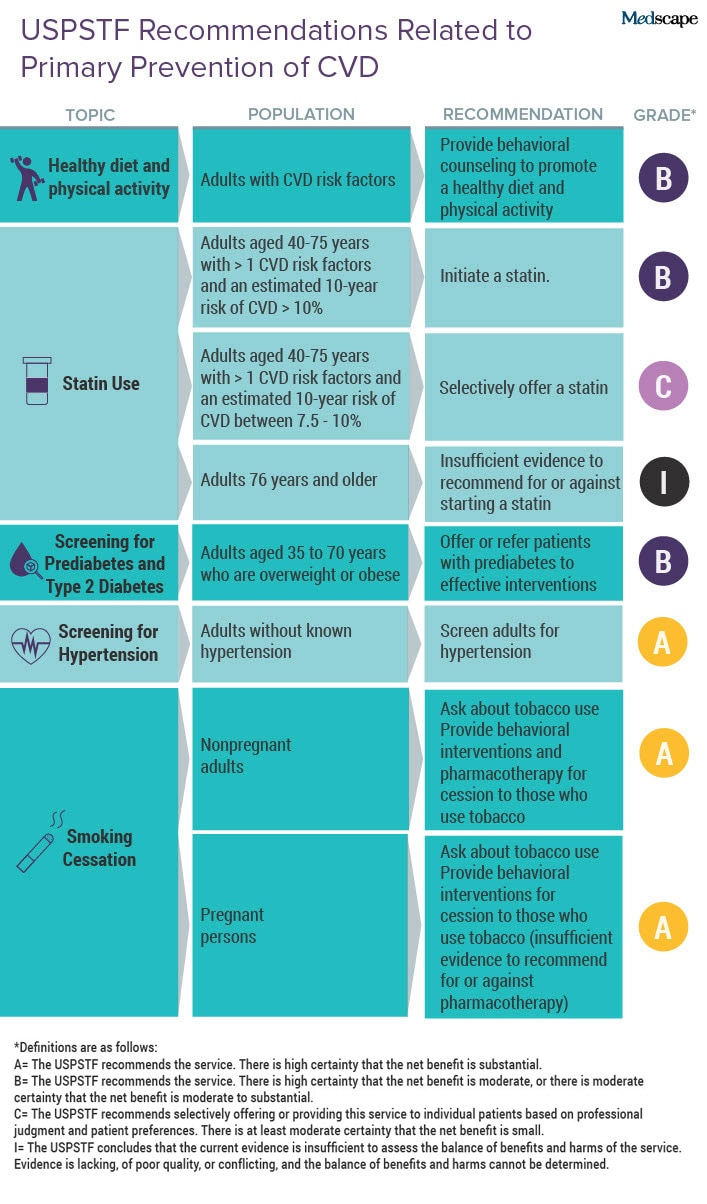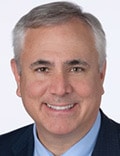In October, the US Food and Drug Administration (FDA) pressed pause on a trial studying a new lymphoma drug after a patient died. A few months later, in December, the FDA made a similar move, temporarily halting a drug trial in non–small cell lung cancer following a patient death. And in February, the FDA suspended all studies evaluating a targeted therapy for patients with acute myeloid leukemia, after observing those receiving the agent faced a higher risk for death.
This type of regulatory action, known as a clinical hold, seems to be on the rise, especially in oncology. The reasons for these holds vary, but patient safety concerns are often at the heart of these decisions.
Even if clinicians and patients are willing to tolerate more risk in oncology, the types of new therapies being developed are increasing the stakes for patients.
"It is not just like we're just approving chemotherapy and hormone therapy anymore," said Julie R. Gralow, MD, chief medical officer and executive vice president of the American Society of Clinical Oncology. "We're in totally new areas of therapy," where cells are being genetically manipulated or re-engineered in the lab, and some "can stick around in the body for a long time," Gralow explained.
While it is easy to find examples of clinical trial holds in oncology, comprehensive data on when or why the FDA has taken the action, whether the numbers are increasing, and how holds may affect a specific drug's development are lacking.
A major reason for this information dearth is much of the process is conducted behind closed doors. Neither the FDA nor private companies and academic researchers are required to let the public know when it imposes a hold. Publicly traded companies usually announce when holds are imposed and whether and when they are lifted as part of duties to shareholders, but this information may require a paid subscription.
Because the public can only know about the clinical holds that are reported publicly, tracking the full landscape of holds in oncology remains a challenge.
What Can Trigger a Hold?
When the FDA discovers issues in a clinical trial that may be grounds for a clinical hold, the FDA and manufacturer first try to determine if those issues can be resolved before the agency imposes a hold.
If no quick solution exists, the FDA can press pause on a trial. A hold can be placed before a trial starts, after the FDA has conducted its review of a company's investigational new drug application. Holds can also be imposed once a trial has begun, which will halt patient enrollment or require patients to stop taking a therapy until the issues are resolved.
The agency has 30 days to explain its reasons for a hold to the drug maker, after which the FDA and the company work toward a solution. Holds may be lifted within weeks or months or stay in place for much longer.
Among the reasons an initial phase 1 trial might not be allowed to start: The FDA determines that subjects would be exposed to an unreasonable and significant risk for illness or injury, the investigators are not qualified, or the application does not contain enough information to assess risks. Phase 2 or 3 studies can be put on hold for the same reasons, as well as if the FDA deems the protocol is deficient.
The agency might also place a hold if a study appears not to be well-controlled, or another investigative or approved drug has a better risk-benefit balance.
Safety concerns are often the reason for a hold, especially in oncology.
In December, the FDA placed a hold on Iovance's LN-145 tumor-infiltrating lymphocyte therapy in non–small cell lung cancer because of a death potentially related to the non-myeloablative lymphodepletion preconditioning regimen. The agency lifted the hold in March, after Iovance "developed additional safety measures and monitoring," according to the company.
Last October, the FDA instituted a hold that stopped all patient enrollment for Innate Pharma's trials of lacutamab for cutaneous T-cell lymphoma and peripheral T-cell lymphoma, following a fatal case of hemophagocytic lymphohistiocytosis. The agency allowed patients already taking lacutamab who were benefitting to continue treatment after being reconsented. According to Innate, the hold was lifted in January after the agency and the company determined that the death was not drug-related.
Holds can also affect products in later trial stages. Gilead announced in February that it was discontinuing a phase 3 study of magrolimab in acute myeloid leukemia and that the FDA put a hold on all magrolimab studies in myelodysplastic syndromes and acute myeloid leukemia. Data from the study showed that a magrolimab combination therapy was not effective, and patients had an increased risk for death. Data from other magrolimab studies also showed an increased risk for death, leading Gilead to say that it would "not pursue further development of magrolimab in hematologic cancers."
But Are Numbers on the Rise?
A January 2023 story in the Wall Street Journal suggested that clinical trials holds were increasing.
The Journal analyzed hold data that came from a Freedom of Information Act request and found that the FDA had placed 747 holds in 2022, up from an average of 664 a year from 2017 to 2021, and 557 a year from 2011 to 2016.
Overall, the Journal determined that clinical trial holds had increased by 66% from 2014 to 2021, while clinical trial applications had only increased by 43% in that time.
But the data in oncology are fuzzy.
A 2020 FDA analysis of holds placed on investigational new drug applications for oncology therapies submitted from 2014 to 2017 found that of 956 products, 75 were placed on hold — a relatively small number. Two thirds were placed on hold before a phase 1 study began, usually for questions about safety, the initial dose or escalation dose plans, or eligibility criteria. Holds were most often issued for first-in-human drug trials or for trials submitted by drug makers with limited clinical trial experience.
Since that analysis, the number of cancer trials conducted each year, especially for new gene therapies, has increased substantially.
A 2023 investigation of clinical holds on cell and gene therapy trials in oncology and other specialties found 1800 ongoing or completed gene therapy trials in 2013; a decade later, that number had almost tripled to more than 5000 trials registered with the National Institutes of Health.
The investigation, which only identified 33 clinical holds announced between January 2020 and December 2022, assessed holds placed on CAR T-cell therapies, lentiviral, and adenovirus-associated virus vector-based gene therapies from 2020 to 2022. The holds spanned trials primarily in oncology and covered a range of cancer types, including myeloma, prostate cancer, and colorectal cancer.
Overall, 80% of the 33 holds had been lifted by the end of the study. Holds were placed for an average 6.2 months, though some lasted more than 19 months. Most were for clinical issues such as a patient death or adverse event that occurred in an early trial, while a quarter were for chemical or manufacturing issues. In at least half the cases where the hold was lifted, the agency required a change in the trial protocol.
The authors, however, could only report on products with holds that were made public, which means the 33 reported holds is likely an underestimate.
Given the number of new studies and the growing complexity of therapies, it's reasonable to think that there has been an increasing number of holds in oncology.
Matthew E. Brown, a Boston-based attorney with Nelson Mullins, who represents pharmaceutical and biotechnology companies, explained that the FDA seems to be closely scrutinizing oncology therapies because of the advent of increasingly sophisticated products, such as CAR T-cell and gene therapies.
"The companies and the FDA are understandably wanting to wrap their arms around the clinical implications of these new therapies and that includes a full understanding of adverse events," Brown told Medscape Medical News. "It's important to pause and consider this adverse event we're seeing because of the therapeutic agent or for some other reason and thoroughly investigate that before deciding it makes sense to continue to move forward with a trial."
Holds Have Consequences
But holds can carry big consequences for companies and patients.
A hold can, for instance, decimate a small company's stock price, authors of the 2023 analysis wrote. Stock prices for the companies they studied took a hit in the wake of a hold and continued to decline, generally not recovering to pre-hold levels after a hold was lifted.
That can create a cash crunch, which may cause the companies to stop development of other products "and could possibly prevent some life-saving therapies from reaching patients who are in need," the authors added.
Holds may mean that expenses — for instance, payments to investigators and facilities — will continue to pile up while the trial is delayed, said Brown.
Holds also "can have the effect of undermining confidence among investors, patients, and the medical community," said Derek Scholes, vice president of science and regulatory affairs of the Biotechnology Industry Organization, an advocacy association representing the biotechnology industry.
The delay can be frustrating for patients who may have to stop taking a medication or who may question whether they want to continue in the study, Brown added.
And a hold can "shade perception when a drug is ultimately approved," said Gralow. But she added, "if you have good evidence" and there is transparency about what happened, "that should be reassuring."
In 2017, former deputy FDA Commissioner Joshua Sharfstein, MD, and colleagues published a blueprint for transparency that among other things called on the agency to disclose the existence of clinical holds and issue a summary explaining its reasons for a hold within 10 days of placing or releasing one.
Relying on companies to disclose information about holds "means that FDA's rationale for the clinical hold remains obscured," wrote Sharfstein and colleagues, who explained that investors can access information on holds through subscription-based services while the public is shut out.
"It is bizarre that people pay intermediaries to mine this from publicly traded reports instead of it just being available on the FDA website," Sharfstein, vice dean for public health practice and community engagement at the Johns Hopkins Bloomberg School of Public Health, told Medscape Medical News.
Public disclosure can help "patients and clinicians understand potential risks in other studies of drugs in the same or a related class and help investigators better appreciate obstacles that may affect the development of alternative products," wrote Sharfstein and colleagues in their blueprint.
In 2023, the Biotechnology Industry Organization voiced its "concern that cell and gene therapies were put on hold disproportionately," said Scholes.
Although guidance already existed, the organization asked the FDA "to develop a procedure that clarifies when and why a clinical trial has been put on hold, what the rationale for it is, and how one might alleviate it," Scholes said.
The agency soon publicly issued additional procedures and clarifications, but much of the process still happens behind closed doors.
"Transparency is key" in this process and "might reassure a lot of people," Gralow said.
Despite concerns surrounding the holds process, many experts, even those in industry, still see clinical holds as an important aspect of FDA's oversight.
Holds are a reality the industry must deal with, said Scholes. Biotechnology companies may be concerned when their investigational new drug applications are put on hold but having good communication with the agency and clarity around the process lessens the pain of a delay, he said.
These pauses to trials are appropriate, said Gralow. "The FDA's primary job is safety — protect the patient," she said.
Overall, out of thousands of ongoing trials, having 600-700 holds a year is not surprising, said Ira Loss, with the investment advisers Washington Analysis. "I don't think it's shocking. I'd call it par for the course," he said, adding that he views the agency's oversight positively. "It's good science that the FDA is on top of," issues that come up in trials, he said.
Ultimately, holds are important for heading off any potentially serious issues before a drug gets to the market, he said. "It probably saves a lot of post-marketing aggravation for everybody," said Loss.
https://www.medscape.com/viewarticle/fda-pressing-pause-more-cancer-trials-its-hard-tell-2024a10007zd




